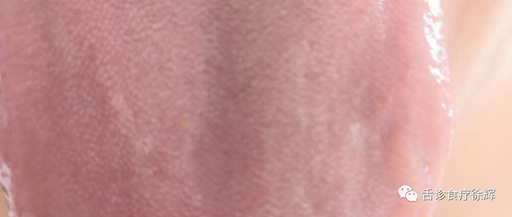When we observe a pale tongue, our first thought is often of coldness. However, there is a type of pale tongue that is caused by blood deficiency. How do we differentiate between these two tongue appearances? In my experience, the key is to examine the sides of the tongue, particularly the liver and gallbladder areas. Many tongue appearances are not completely white; they may have a slightly translucent quality on the sides, which can also indicate blood deficiency. This translucency is an important sign for me in diagnosing blood deficiency, particularly when it appears in the liver and gallbladder areas. A completely pale and translucent tongue is relatively rare; more commonly, we see a pale color on the sides due to insufficient liver blood, which has a translucent quality reminiscent of fine jade, as shown in the images below.
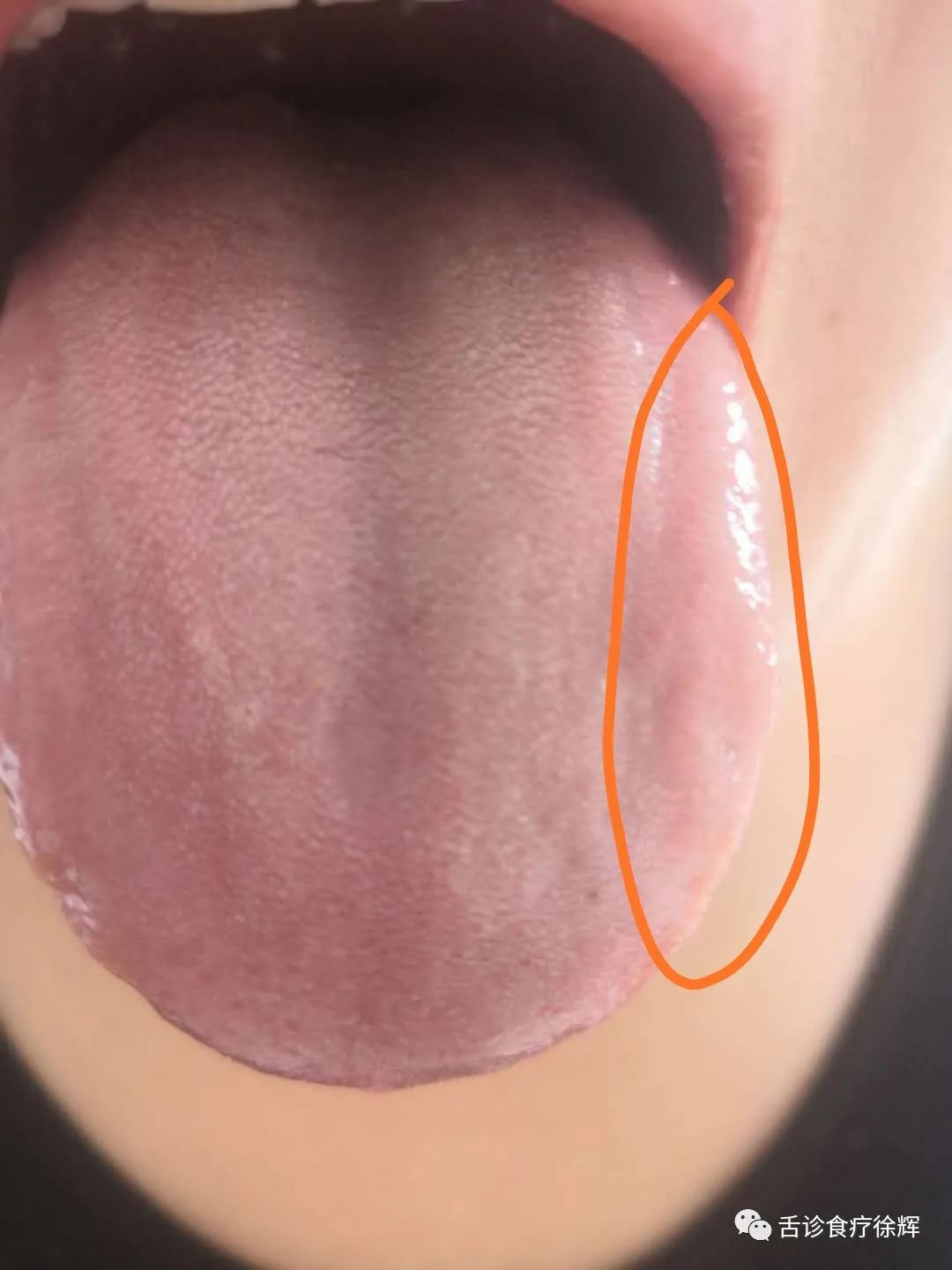
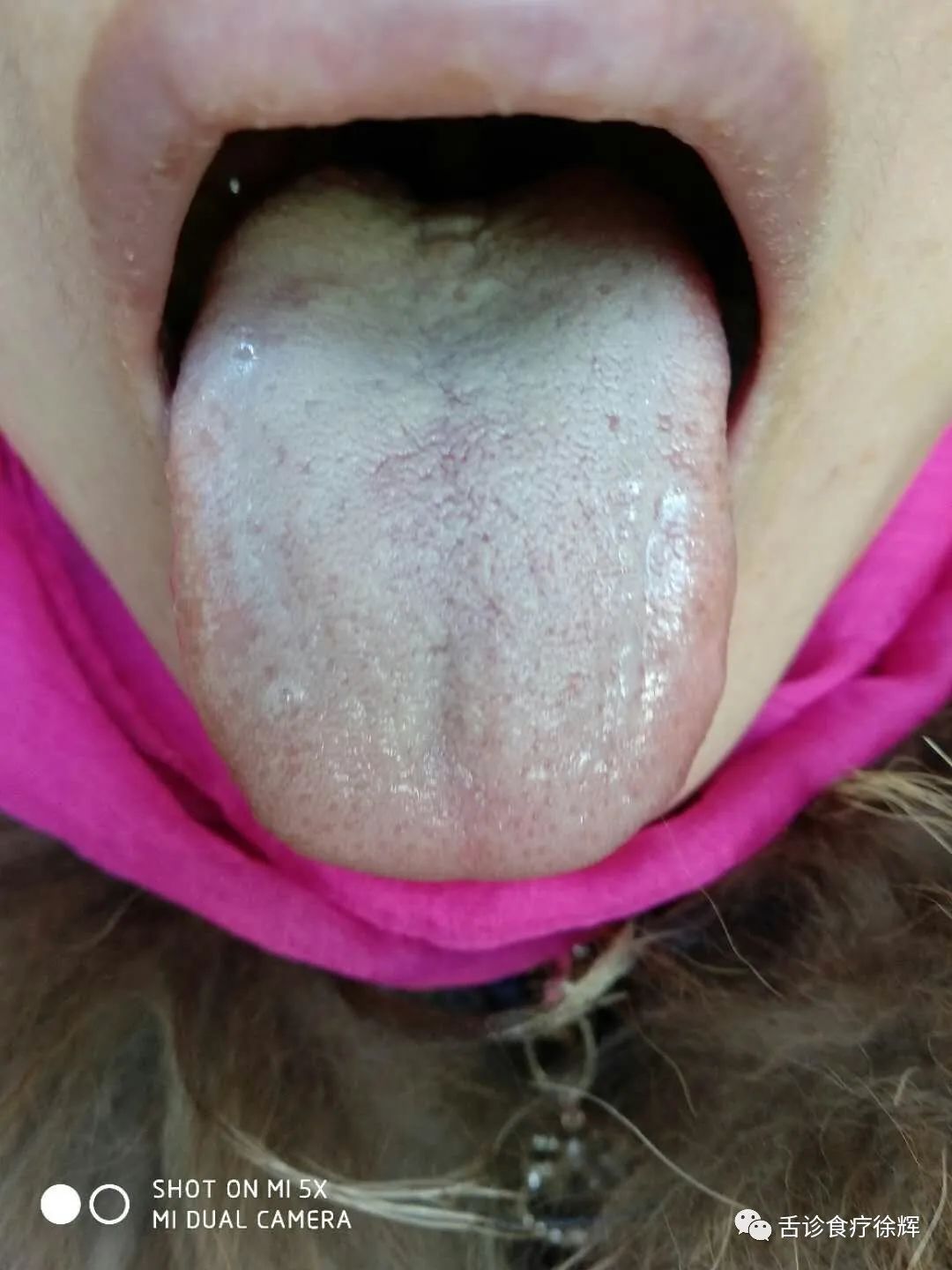
The tongue appearance of Yang deficiency is also white, but this white is more aged and lacks a fresh feeling, resembling the ground after a frost, particularly desolate.
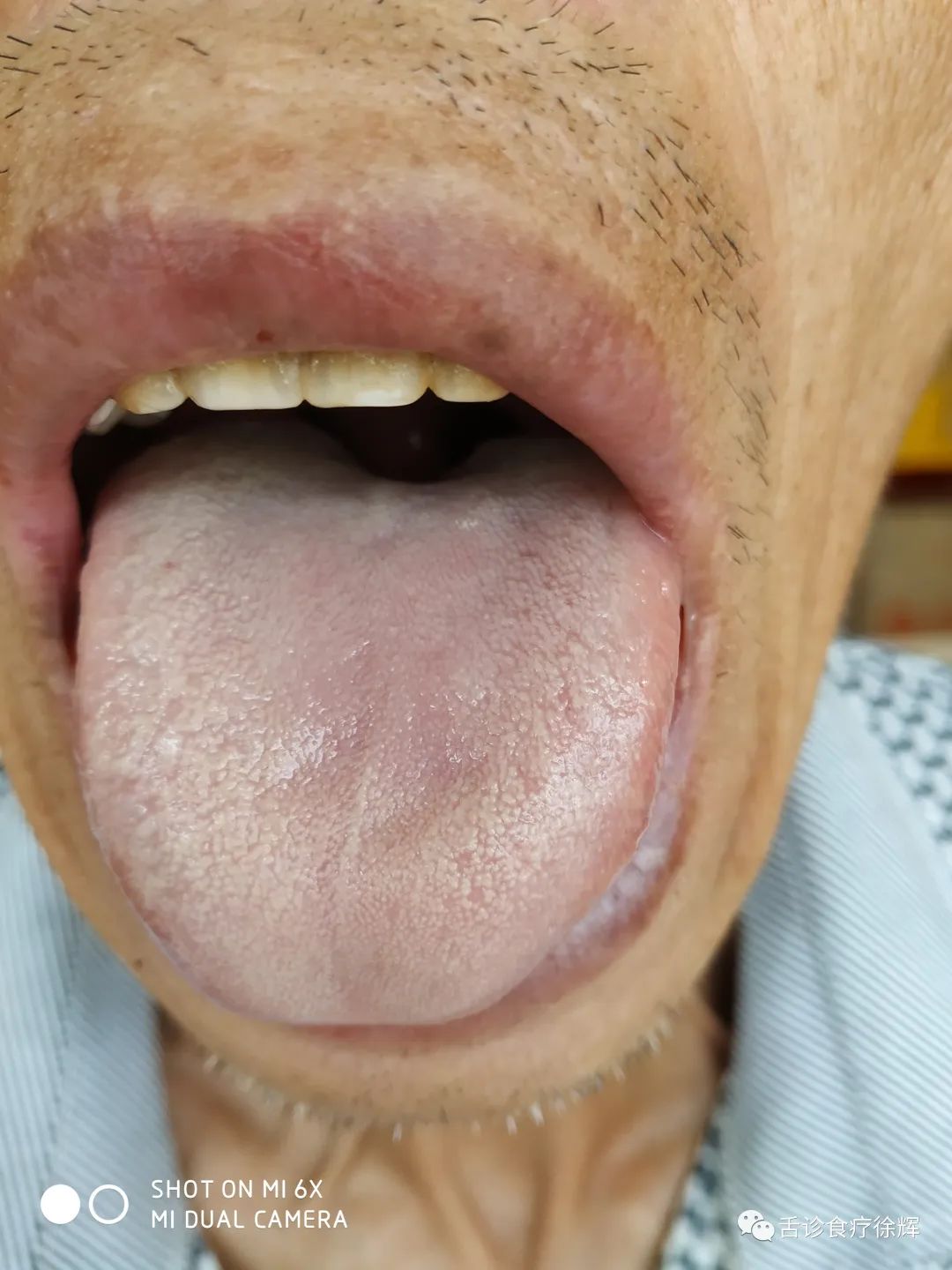
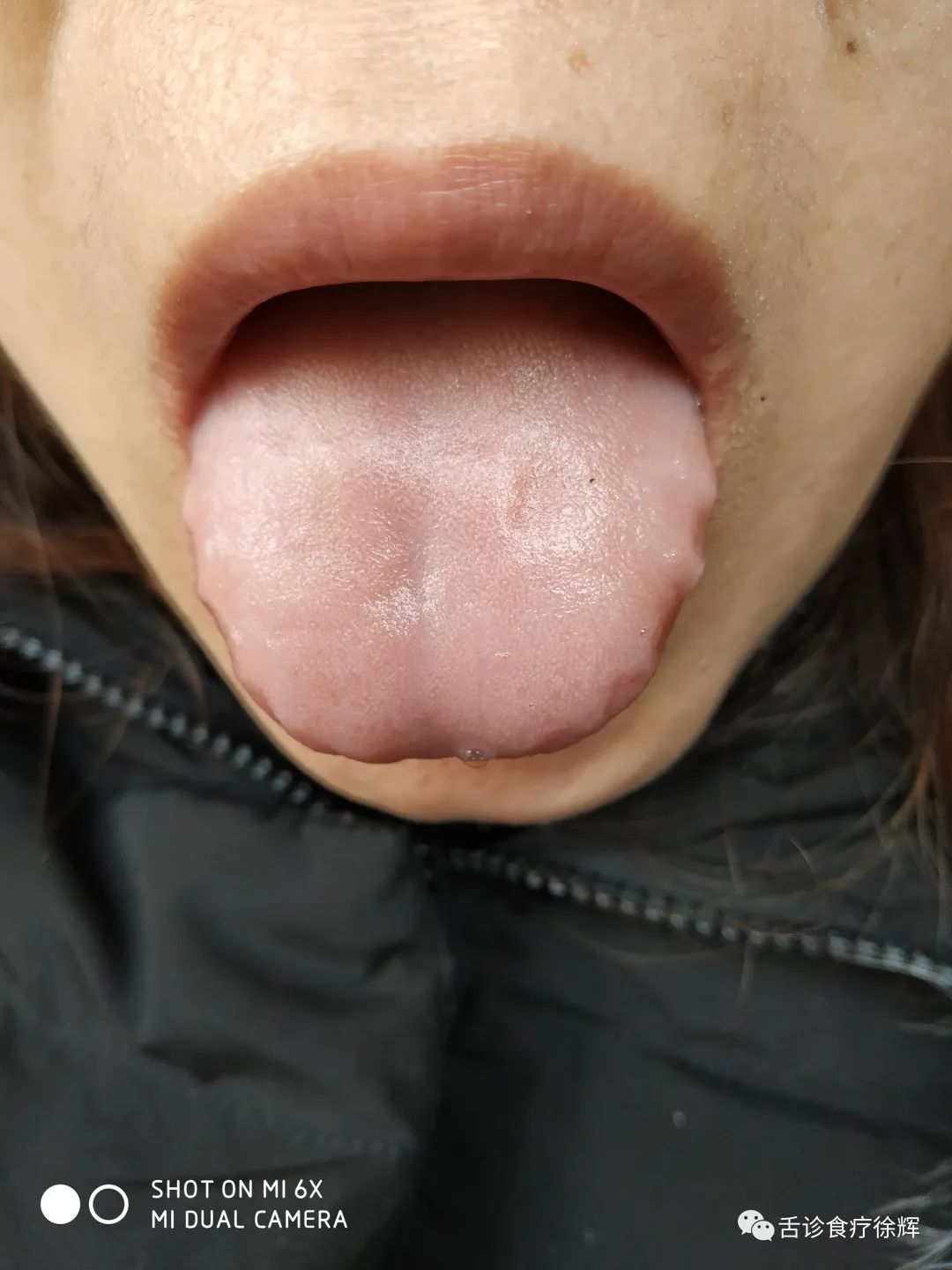
Similar symptoms can also help distinguish between them. Yang deficiency primarily indicates insufficient internal heat, making one more sensitive to temperature, preferring warm water, and fearing the cold. It may also be accompanied by symptoms such as early morning diarrhea, hair loss, excessive sweating, and clear, prolonged urination. Blood deficiency, on the other hand, is more related to mental function, manifesting as memory decline, physical and mental fatigue, and temporary blackouts when standing up after squatting. If we misjudge these conditions, using warming Yang treatments for blood deficiency can easily lead to excessive heat, while using blood tonics for Yang deficiency will not resolve the cold sensitivity. This is the distinction between them.

